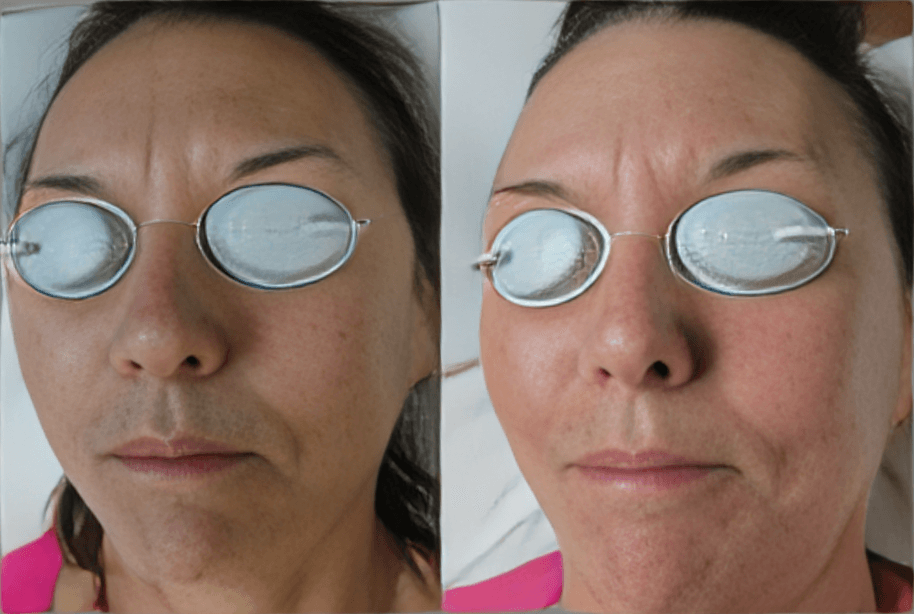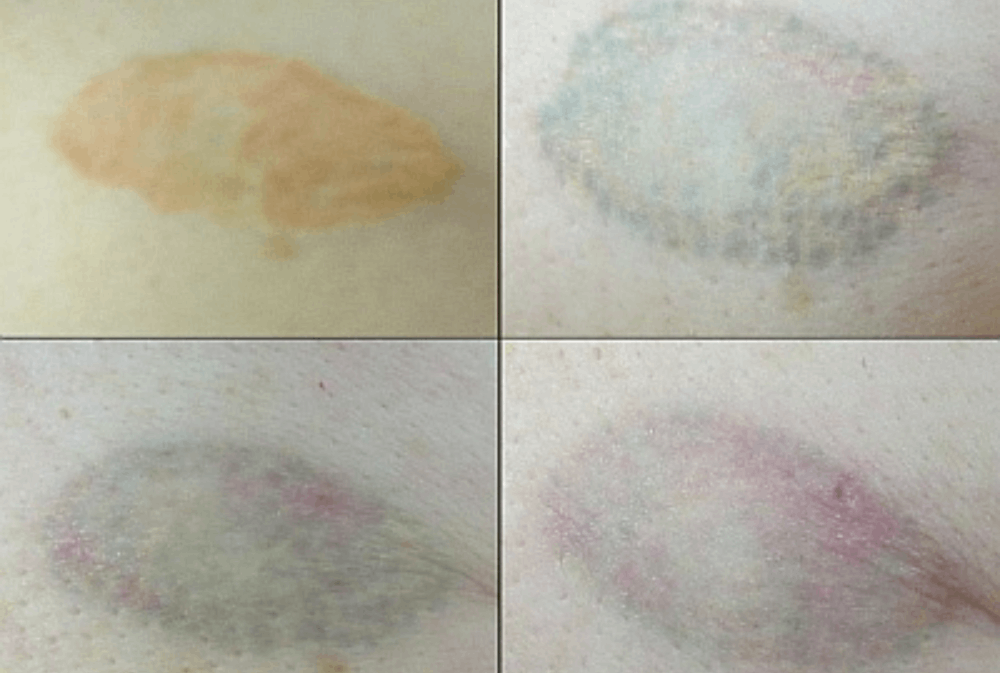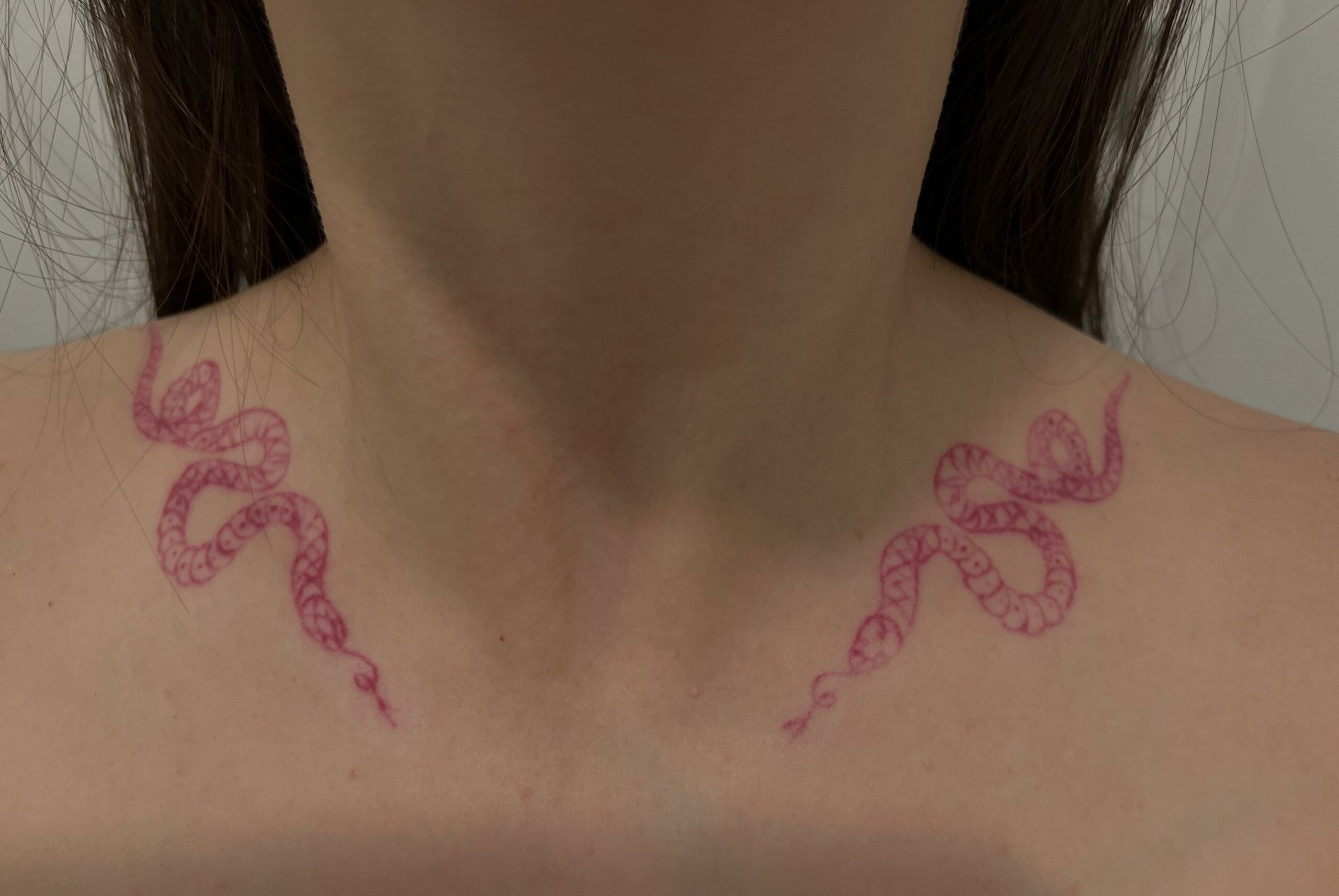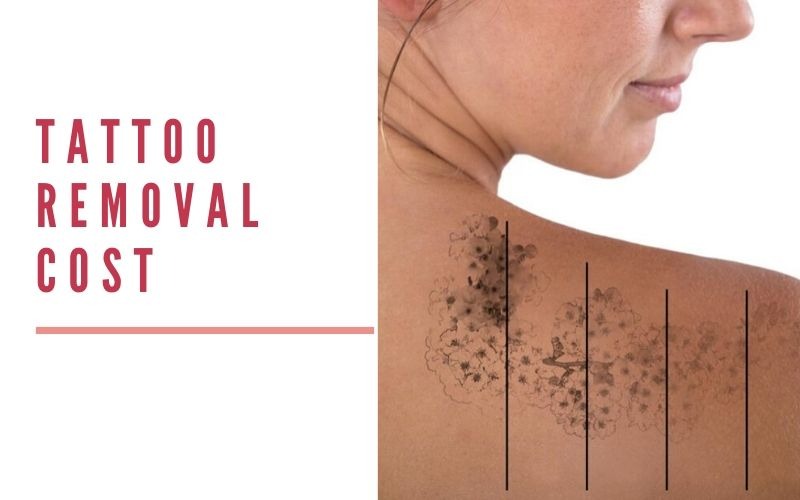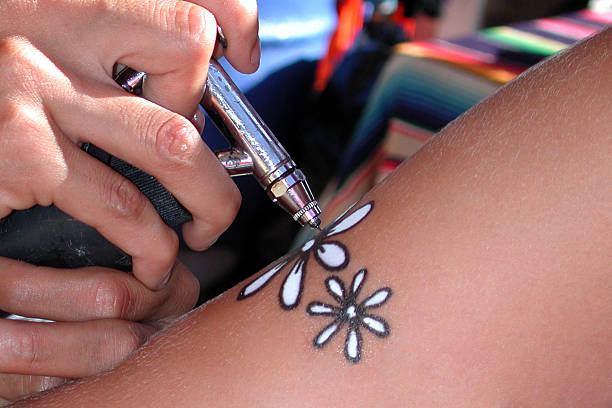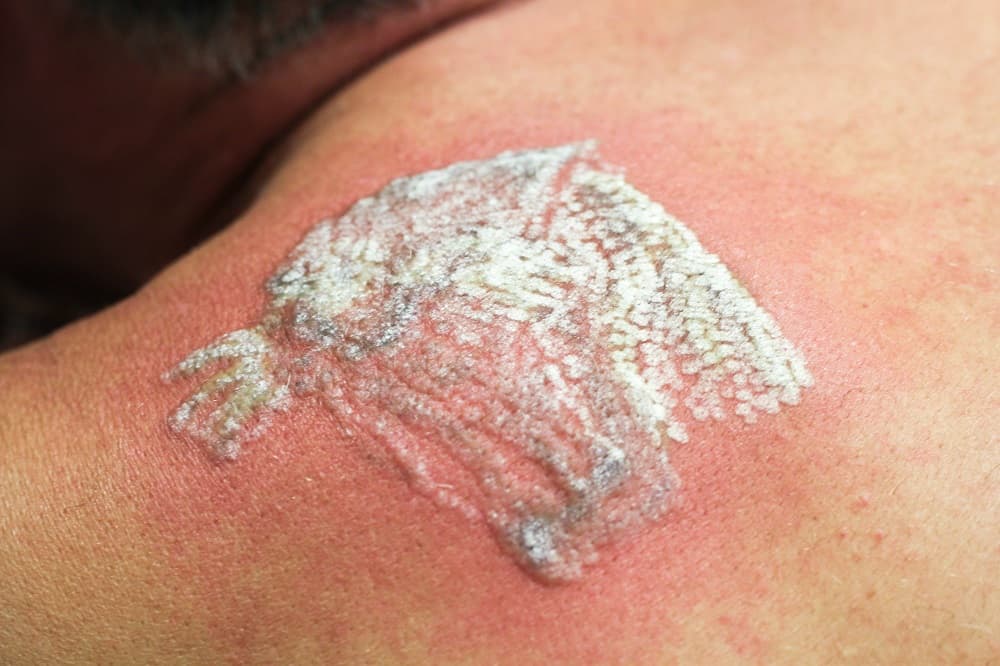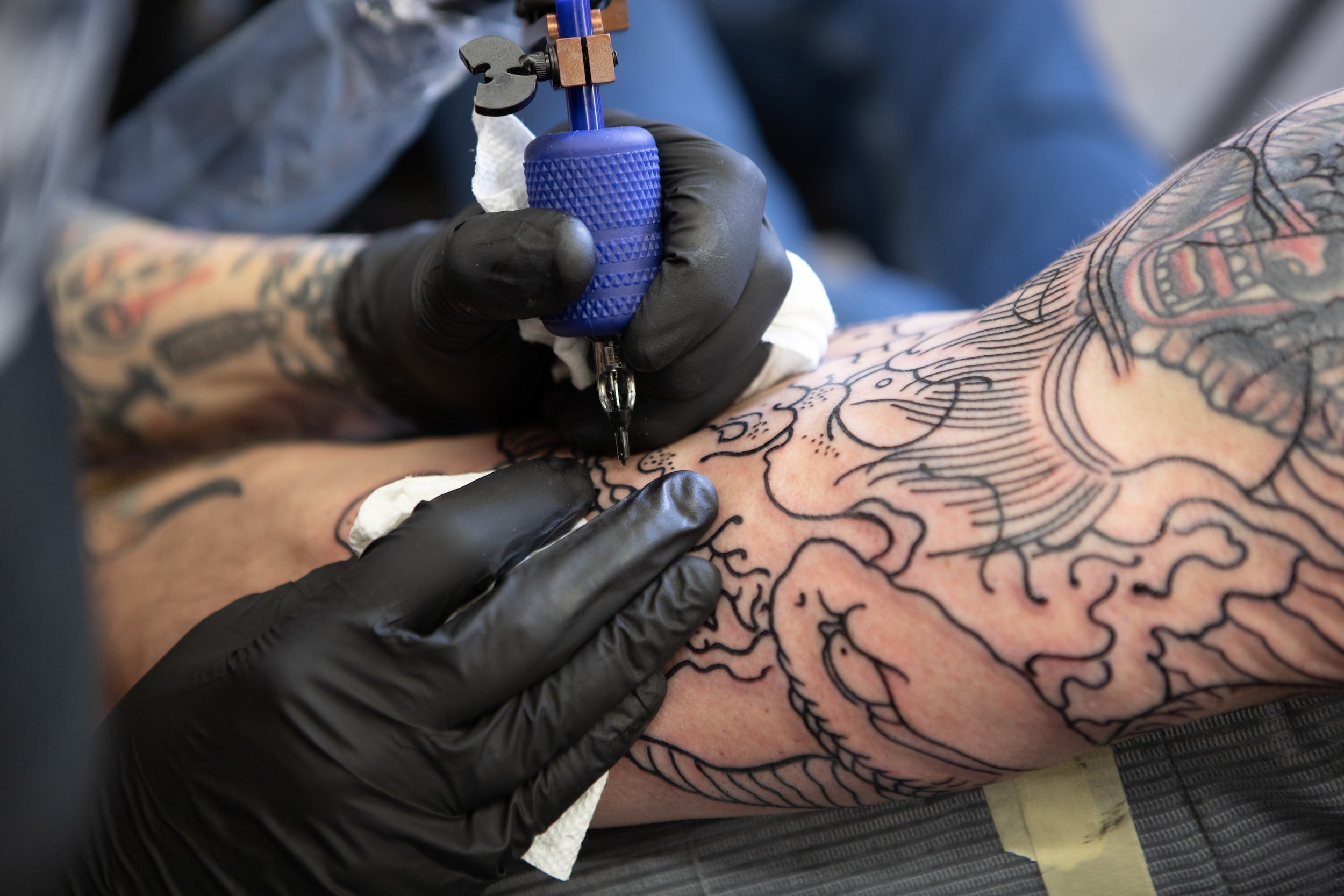Why Does Laser Tattoo Removal Require Multiple Sessions?
Laser tattoo removal is a process where the laser’s energy breaks down the ink in the skin into small enough particles for your immune system to remove. In most cases multiple sessions are required to break up the various layers of ink that reside in the skin. There are numerous factors that determine the amount of sessions a tattoo will require to remove.
Think about a pencil sketch. Suppose the artist decides to change something about the sketch, the shadowing wasn’t right for example. He would use an eraser to remove the unwanted shadowing. The goal would be to remove all of the pencil markings so that the shadowing could be corrected. If the original shadowing was small and light, removing the markings would be relatively easy. The darker and larger the markings, the more effort will be needed to erase the unwanted shadowing. More time using the eraser would be necessary.
It’s the same with laser tattoo removal. Denser, darker ink requires more time and treatments than a lighter, less dense tattoo. Larger tattoos also tend to require more sessions. Remember that your immune system is the workforce behind tattoo removal, the more the immune system has to deal with, the longer it can take.
Below are two examples of tattoos before treatment and about 1 month after the first laser treatment. Notice how the scorpion tattoo faded dramatically. The tribal heart tattoo is noticeably lighter as well, but the difference is not as dramatic. This is because not only was this a larger tattoo, it was also a darker, denser tattoo. Both can be removed, but the larger, darker, denser tattoo will take more sessions than the smaller, lighter tattoo.





















